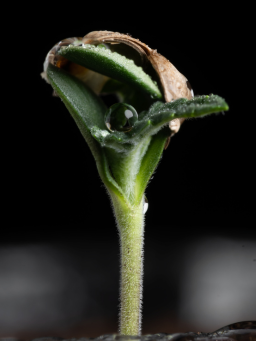Feminized vs. Male Seeds: What’s the Difference?
For gardeners and cannabis cultivators alike, understanding the difference between feminized and male seeds can make all the difference when planning a successful grow. While both serve crucial roles in plant reproduction, they are suited for vastly different goals. This article breaks down what feminized and male seeds are, their purpose, and why a grower might choose one over the other.
What Are Feminized Seeds?
Feminized seeds are specifically bred to produce only female plants. Female plants are prized in cannabis cultivation because they are the ones that yield flowers or buds, which contain the cannabinoids and terpenes prized by growers and users. These seeds are created through a process that manipulates a female plant to produce pollen, which is then used to fertilize other female plants. The resulting seeds carry only female chromosomes, virtually guaranteeing they will grow into female plants.
The primary advantage of feminized seeds is efficiency. For growers focused on maximizing yields, feminized seeds eliminate the need to identify and remove male plants, which don’t produce usable buds and can hinder overall growth if they pollinate the females. This ensures that all plants in the garden are productive, making feminized seeds a go-to choice for commercial and home growers alike.
What About Male Seeds?
Male seeds, on the other hand, develop into male plants. Male plants play an essential role in reproduction—they produce pollen, which fertilizes female plants to create new seeds. While this is vital for breeding new strains or creating seeds for future planting, male plants aren’t typically desirable in a garden where the focus is on cultivating buds.
If male plants are allowed to pollinate females, those females will shift their energy toward producing seeds rather than resin-rich buds. For gardeners aiming for seedless (sinsemilla) crops, this can severely diminish the quality and quantity of the harvest. However, male plants are not without value. They are critical for genetic diversity and creating new strains, making them indispensable for breeders.
Key Differences Between Feminized and Male Seeds
The most obvious difference lies in what the plants produce. Feminized seeds are all about ensuring a harvest of buds, while male seeds contribute to plant reproduction through pollination. Feminized seeds are ideal for those who want simplicity and efficiency in their grow, particularly if the end goal is a resin-rich, seedless crop. Male seeds, though less common for general cultivation, are indispensable for breeders aiming to develop unique strains or replenish their seed supply.
Additionally, growing feminized seeds typically requires less monitoring, as growers don’t have to worry about separating unwanted males. With male seeds, you’ll need to identify and remove the male plants early on if they’re not intended for breeding.
Choosing the Right Seeds for Your Needs
Ultimately, whether to choose feminized or male seeds depends on your goals. If your priority is cultivating a high-yield, seedless crop with minimal effort, feminized seeds are the superior choice. On the other hand, if you’re interested in breeding new plants or producing seeds, male plants—and by extension, male seeds—are critical.
Both types of seeds offer their own distinct advantages, and understanding those will help you make the most out of your gardening or cultivation efforts. Whether you’re creating new genetics or focusing on bud production, selecting the right seeds is the foundation of any successful grow.
